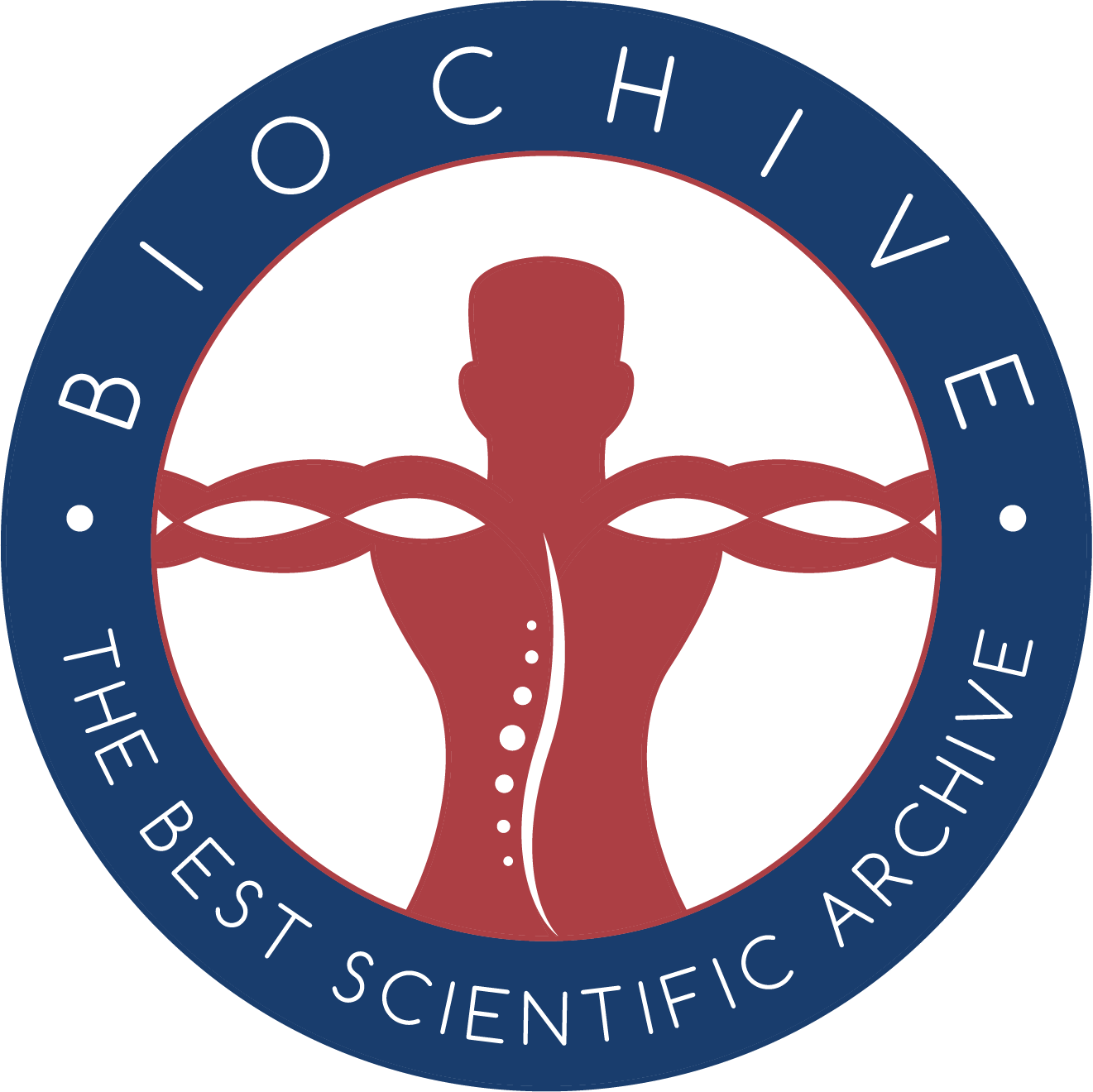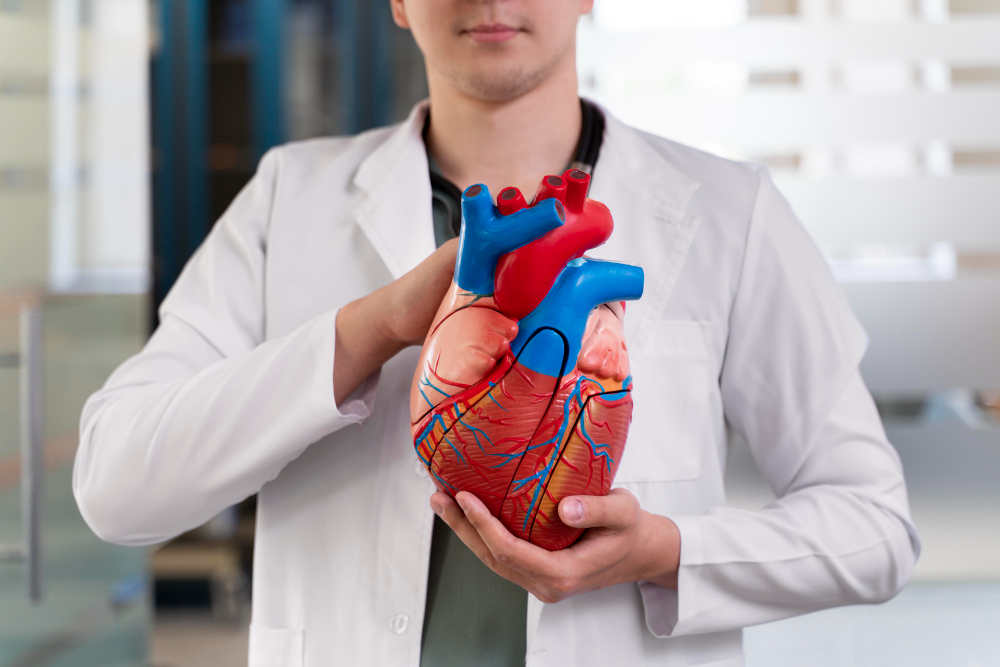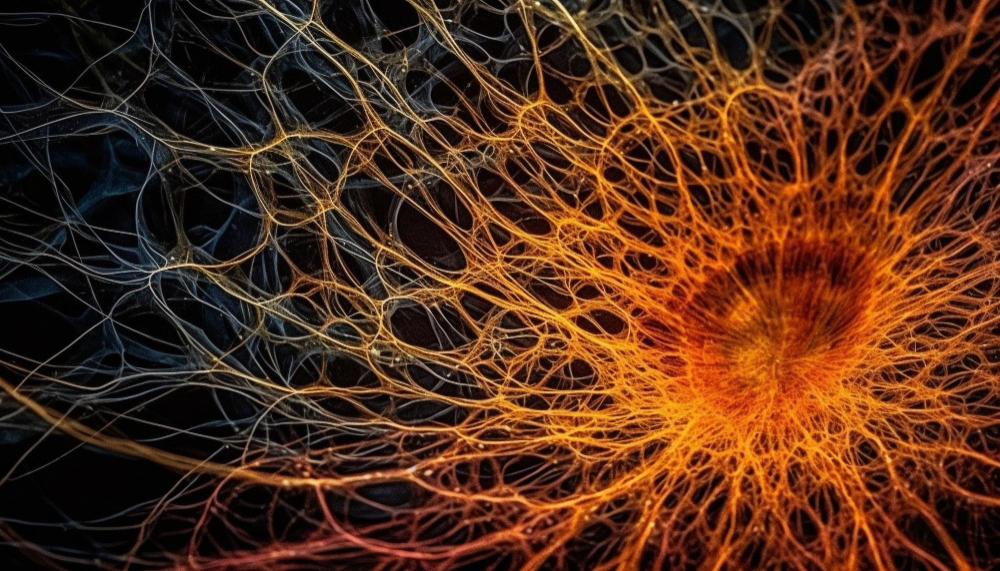The cardiovascular system comprises the heart, arteries, veins, and capillaries. All vertebrates have a closed cardiovascular system, while some invertebrates, such as snails, slugs, insects, and oysters, have an open cardiovascular system.
A closed cardiovascular system, also known as a closed circulatory system, is one in which blood is confined within blood vessels. It circulates through the body, passing through the systemic circulatory route before returning to the heart. The heart pumps blood quickly and efficiently in this system, although it requires significant energy.
In contrast, an open circulatory system does not contain blood within vessels. Instead, blood is pumped into a cavity called a hemocoel. Organisms with an open circulatory system, like many invertebrates, generally require less energy for circulation, have no blood pressure, slower metabolism, and better body temperature regulation. For example, a fruit fly’s circulatory system has a dorsal vessel that extends throughout its body and pumps hemolymph, a blood-like fluid, into the hemocoel.
Returning to the closed circulatory system, humans have a complex yet efficient cardiovascular system. In this system, arteries carry oxygen-rich blood away from the heart to various organs and tissues. Once the oxygen is used, veins carry the oxygen-depleted blood back to the heart, which is pumped to the lungs to reoxygenate. The veins that carry oxygen-rich blood from the lungs to the heart are called pulmonary veins, while those carrying oxygen-poor blood back to the heart from the rest of the body are called systemic veins. This cycle continues until it is disrupted by a lack of oxygen, which can lead to death if the heart can no longer pump oxygen-rich blood to the body. Despite this, some people have been revived after being without a heartbeat for over an hour.
Improving lung capacity can increase the volume of air stored in the lungs, allowing you to hold your breath longer. The heart can use this stored oxygen to continue pumping blood to the organs, enabling them to function even without active breathing.
Veins carry blood back to the heart, while arteries carry it away. There are two other types of veins: superficial veins, which are visible near the surface of the body, and deep veins, which are located deeper within the body and are not visible to the naked eye.
Now, let’s focus on the heart. The aorta is the body’s main artery, supplying oxygen-rich blood to other parts of the body. The vena cava, in contrast, carries deoxygenated blood back to the heart to be reoxygenated. There are two types of vena cava: the superior vena cava, which carries blood from the upper body, and the inferior vena cava, which carries blood from the lower body. The brachiocephalic veins drain deoxygenated blood from the upper body, with one on each side. The pulmonary arteries carry oxygen-poor blood from the right side of the heart to the lungs for reoxygenation. The right atrium receives low-oxygen blood and passes it to the right ventricle, which pumps it to the lungs. Conversely, the left atrium receives oxygenated blood and passes it to the left ventricle, which pumps it out to the body.
Here is a simplified overview of the heart and its components.

Capillaries, the smallest blood vessels, are located between the venules and arterioles. They branch off from arteries and regulate blood flow at the cellular level. The cardiovascular system can be compared to a tree, with the heart as the root, arteries, and veins as the trunk, and capillaries as the branches.
In summary, the cardiovascular system can be categorized into two types: the closed circulatory system and the open circulatory system. Both systems consist of the heart, arteries, veins, and capillaries, which work together to ensure the proper functioning of organisms.
Sources of information: Biology LibreTexts, Sydney Morning Herald, National Institutes of Health



